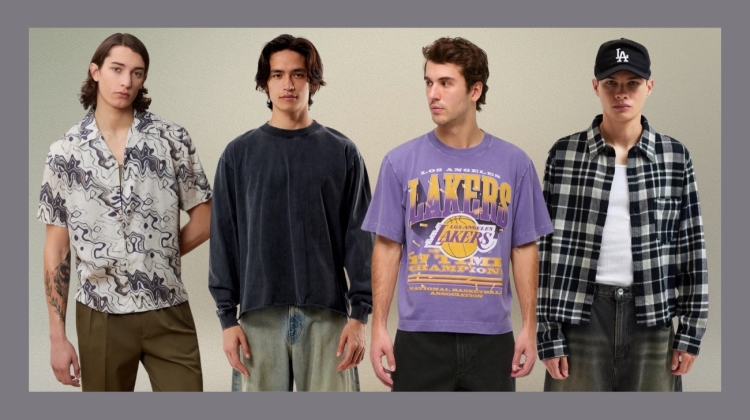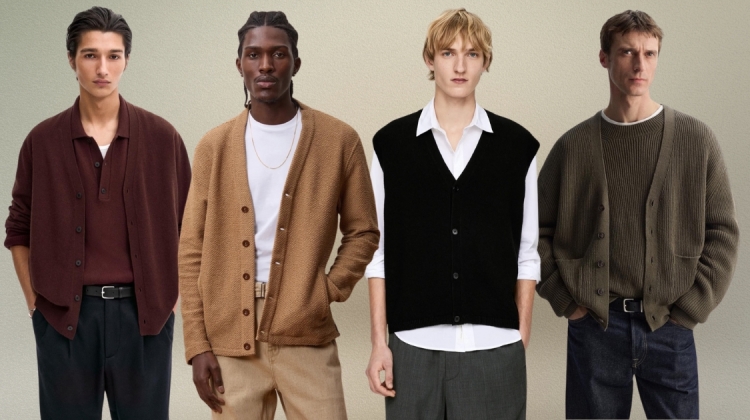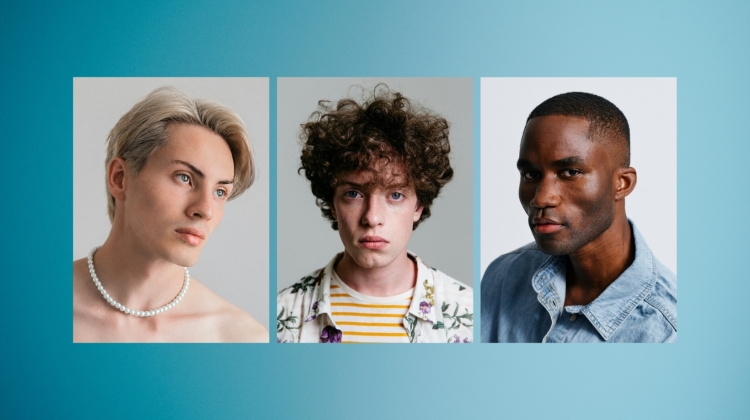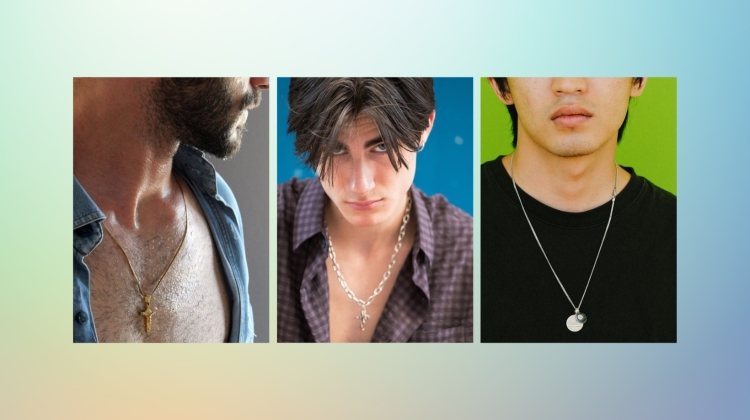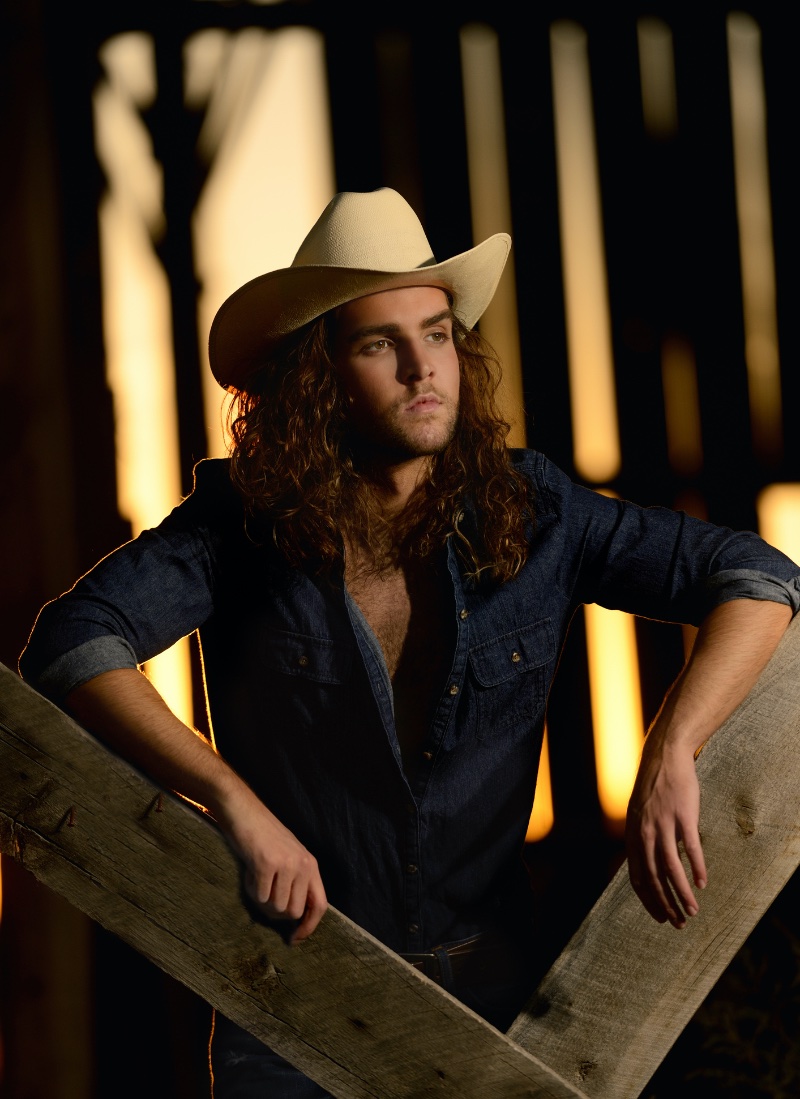
Few styles have left an impression, like the cowboy aesthetic in the vibrant tapestry of American fashion. From wide-brimmed hats to the unmistakable attitude of cowboy boots, the cowboy style has permeated our collective fashion consciousness.
Yet, this iconic style is not trapped in amber; it has evolved and morphed over the decades, shaped by cultural trends, technological advancements, and shifting societal norms. Consider cowboy fashion—from its practical origins, through the glamour of Hollywood, to its current incarnations in high fashion and streetwear and its potential future trajectories.
The Evolution of Cowboy Style
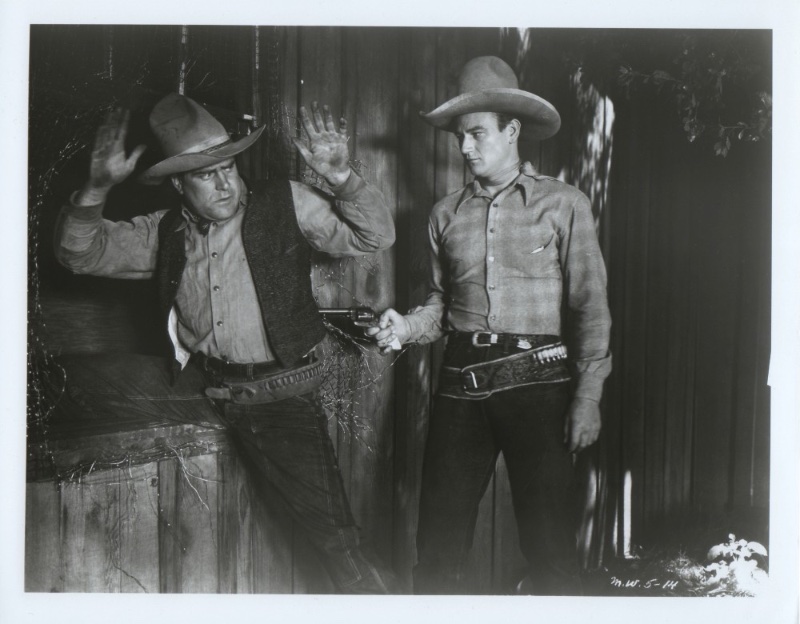
It’s important to note that this iconic style has not remained static. Over the years, cowboy fashion has evolved, adapting to technological advancements, shifting societal norms, and the ebb and flow of fashion trends.
This dynamic journey has seen cowboy fashion transform from practical workwear to symbolize rugged individualism, experience glamourization through Hollywood’s lens, and become reinvented by contemporary high fashion and streetwear trends.
Origins & Early Evolution
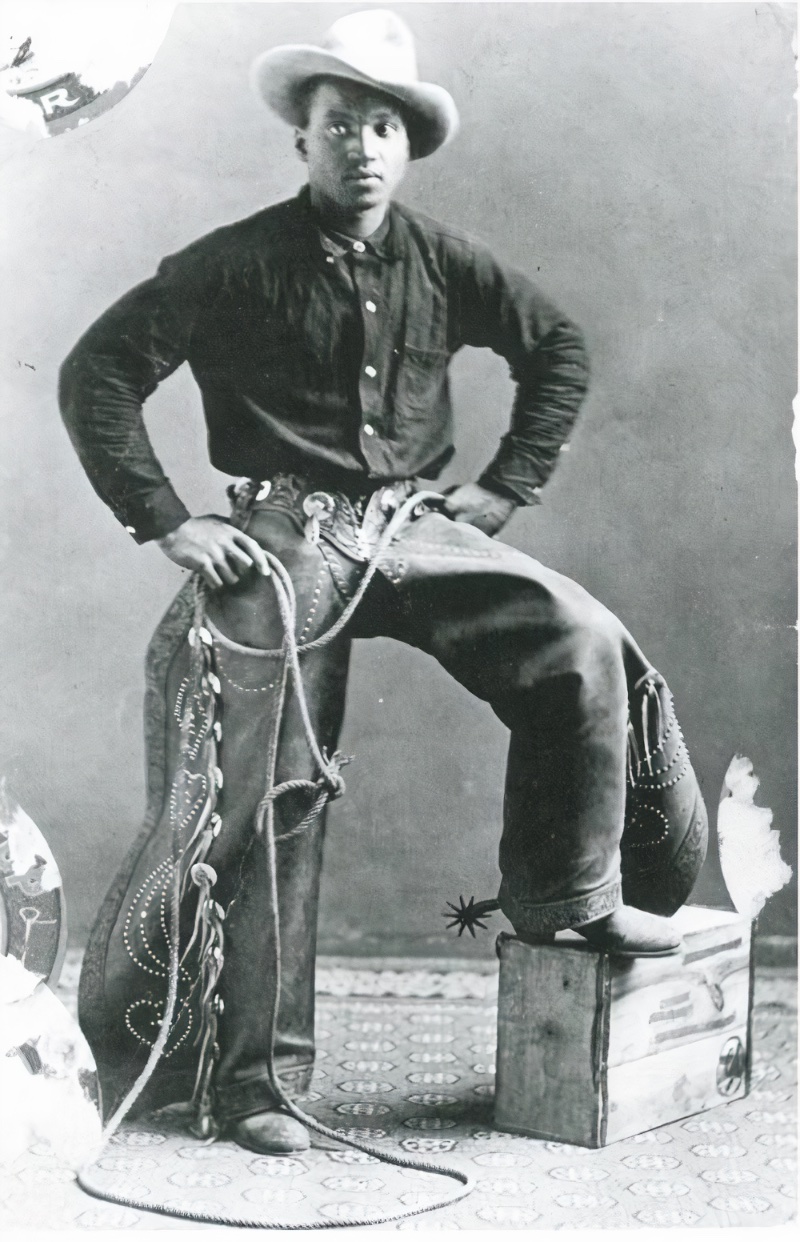
Cowboy fashion’s origins are rooted in practicality. In the late 19th century, the cowboy’s attire was dictated by the demands of his work and the harsh conditions of the American West.
Wide-brimmed hats protected from the sun, denim jeans were sturdy enough to withstand rough work, and boots were designed for long hours of horse riding. As society progressed into the 20th century, technological advancements influenced cowboy fashion.
Introducing new materials and manufacturing techniques led to more durable, comfortable, and versatile cowboy clothing. At the same time, societal changes subtly influenced the aesthetic of cowboy fashion.
The practical clothing of the working cowboy was gradually stylized, becoming a symbol of rugged independence and Americana.
Mid-Twentieth Century to Late Twentieth Century
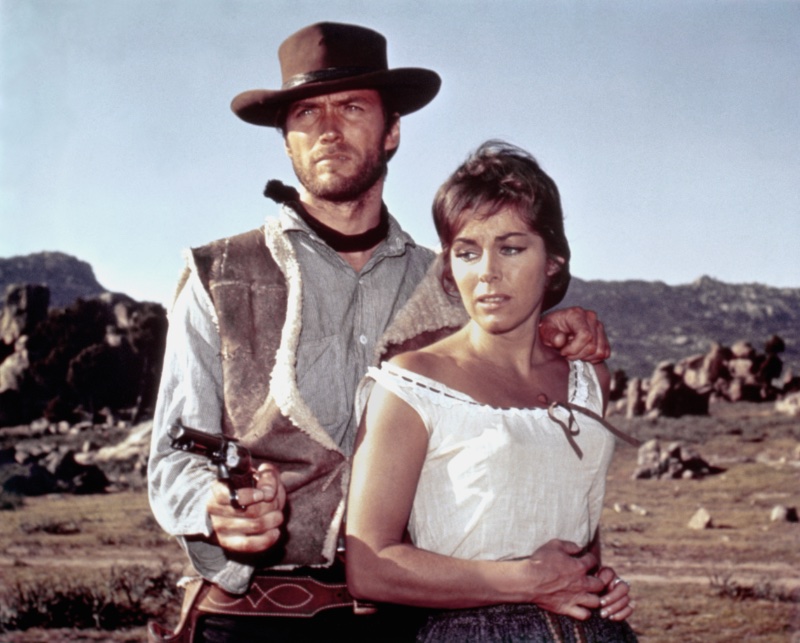
The mid-20th century marked a significant turning point for cowboy fashion, primarily due to the influence of Western movies and television shows. With their distinctive cowboy style, icons like John Wayne and Clint Eastwood shaped the public’s perception of what cowboy fashion should look like.
Films and television programs popularized embellished shirts, decorative cowboy boots, and ornate belt buckles. The cowboy look became associated with a rugged glamour, inspiring a wave of Western-inspired fashion in the mainstream.
Cowboy Fashion in the 21st Century
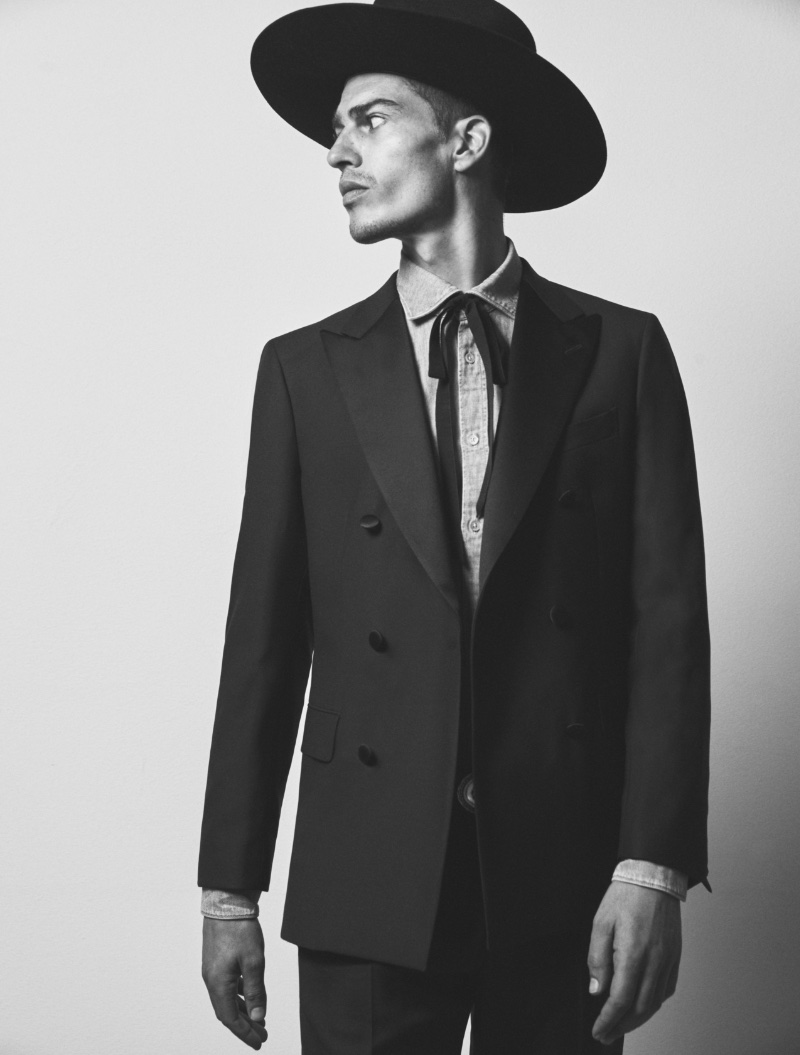
In the 21st century, cowboy fashion continues to evolve, mainly due to its reinterpretation by contemporary style. High-fashion designers have incorporated cowboy elements into their collections, bringing cowboy boots, fringe jackets, and cowboy hats onto the runway.
Streetwear, too, has embraced the cowboy aesthetic, blending elements like denim and plaid with modern silhouettes and designs. Cultural trends have also influenced cowboy fashion, with the rise of music festivals like Stagecoach leading to a resurgence of the cowboy look among younger audiences.
The modern cowboy aesthetic often blends traditional elements with contemporary touches, creating a nostalgic and fresh style.
The Future of Cowboy Fashion
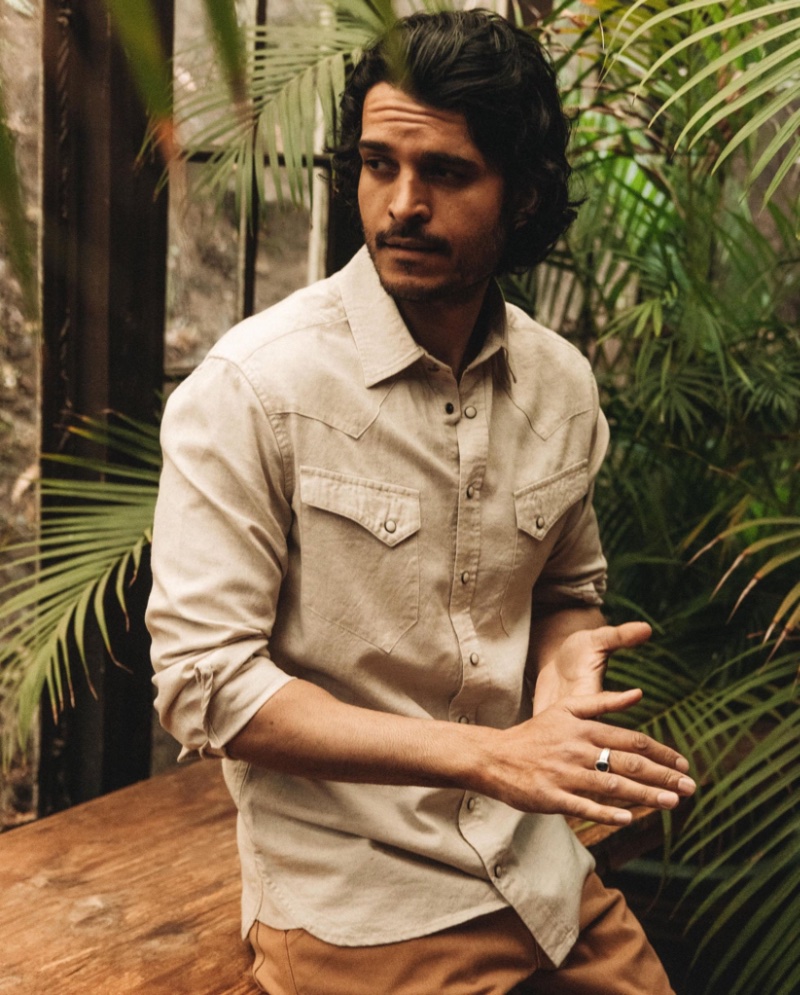
It’s clear that cowboy fashion will continue to evolve. Sustainability is a significant trend that may shape the future of cowboy attire, emphasizing eco-friendly materials and production methods. Technological advancements could lead to new materials and designs, adding further versatility and comfort to cowboy clothing.
While cowboy fashion will undoubtedly continue to change and adapt, its essence—a blend of rugged practicality and timeless style—will likely endure, ensuring the cowboy aesthetic remains a relevant part of our fashion landscape.
Quintessential Cowboy Outfit
Having traced the lineage of cowboy style, we now turn to the core components that shape a quintessential cowboy outfit:
The Cowboy Hat: A Symbol of the American West
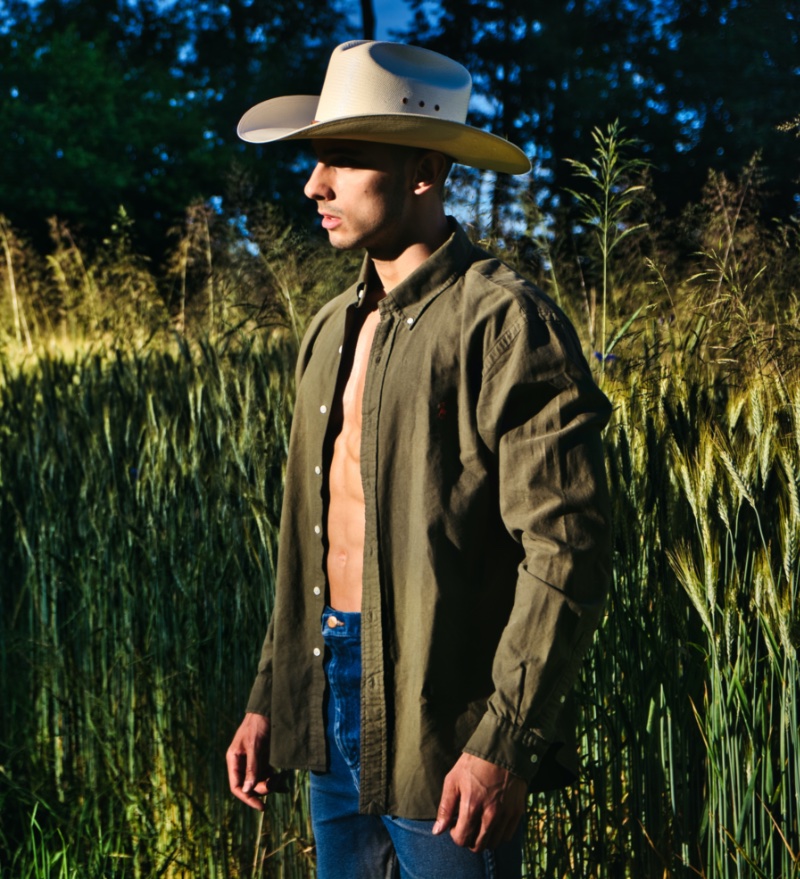
No cowboy ensemble is complete without the iconic cowboy hat. This distinctive headwear, with its wide brim and high crown, offers protection from the scorching sun and whipping winds of the American West.
John B. Stetson popularized the cowboy hat in the late 1800s, crafting hats made from felt, wool, leather, or straw. Today, various styles, including the cattleman, pinched front, derby, and gambler hats, each with a unique flair, are available.
When selecting your cowboy hat, consider the material, fit, and style that best suits your taste and face shape. Whether you opt for a classic felt hat or a modern straw variation, remember that the right cowboy hat can instantly elevate your look and exude an air of rugged sophistication.
The Essential Western Shirt
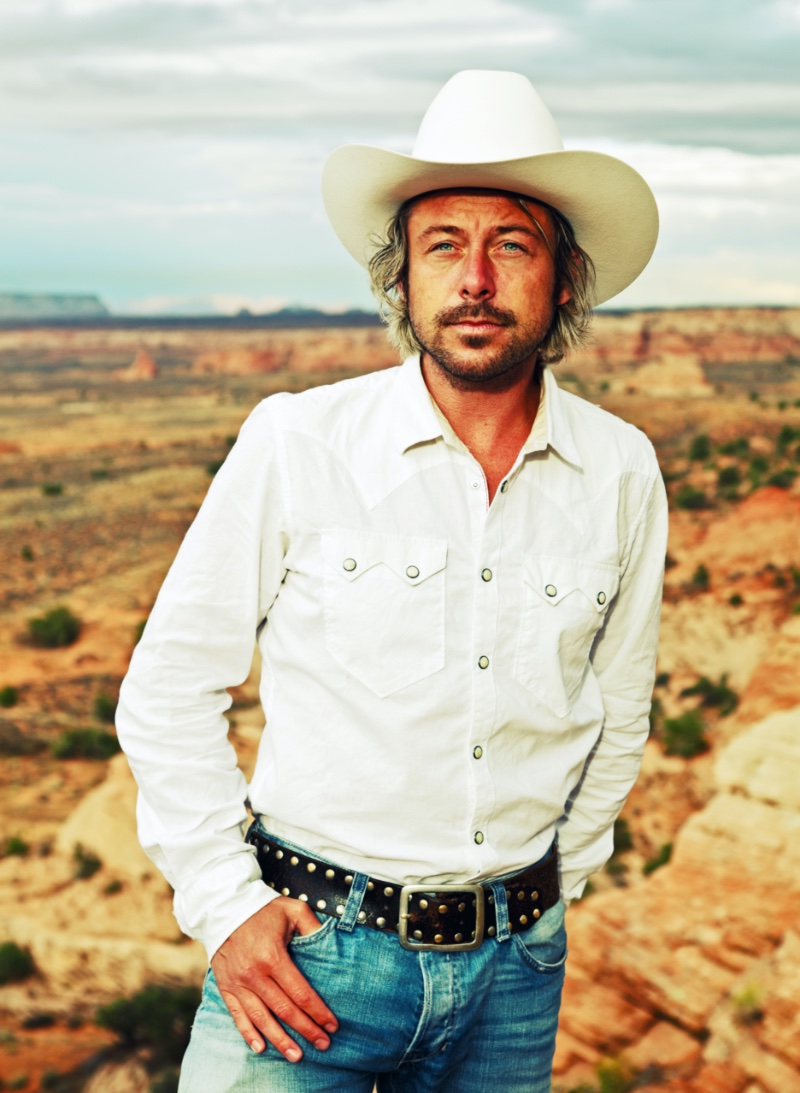
No cowboy look is complete without a stylish western shirt. Often adorned with pearl snap fasteners, embroidery, and distinctive yokes, these shirts are a hallmark of Western fashion.
Initially designed for practicality, western shirts allowed for ease of movement while herding cattle. Today, they have become a staple in both casual and formal settings.
When choosing a Western shirt, consider the fabric, fit, and design that best suits your style. Denim and flannel shirts exude a sense of ruggedness, while plaid patterns and embroidery add a touch of Western flair.
Pair your western shirt with jeans or chinos for a classic cowboy look, or dress it up with tailored pants for a more refined ensemble.
The Timeless Appeal of Denim Jeans
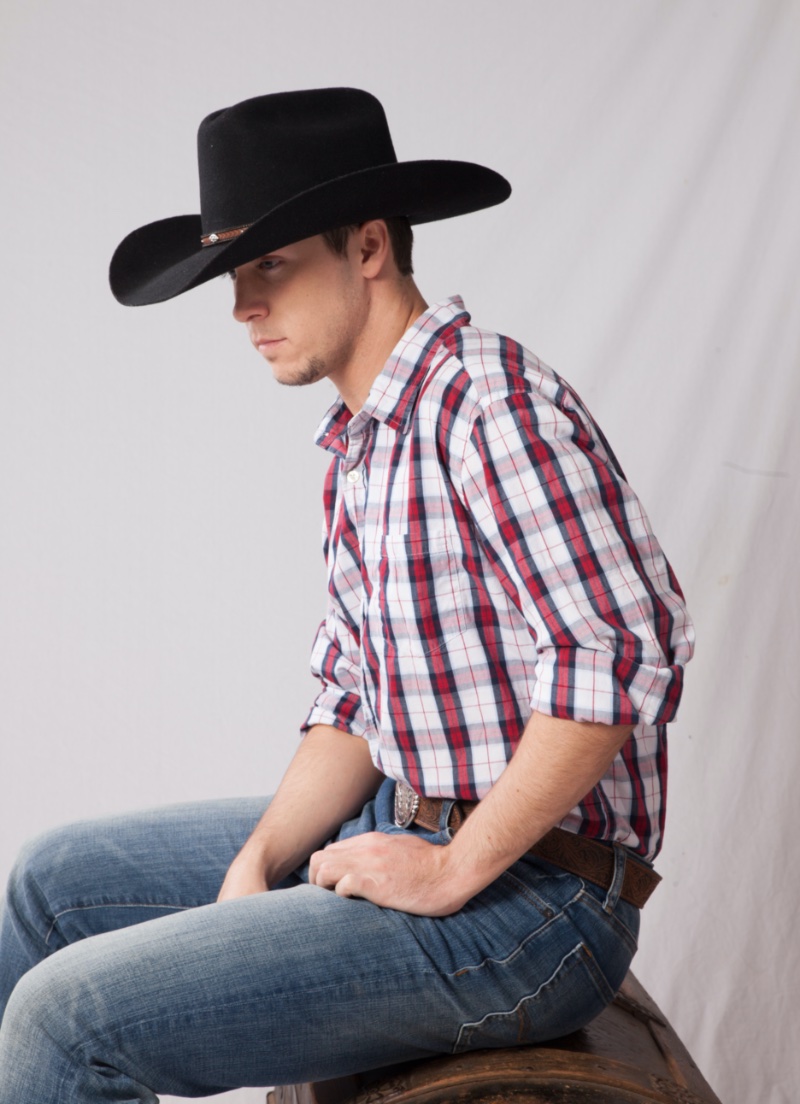
Denim jeans, an American invention, have become synonymous with cowboy culture. Their sturdy fabric and durable construction make them the perfect choice for cowboys working on the range.
Levi Strauss, a pioneer in the denim industry, revolutionized cowboy fashion in the late 1800s by creating the first pair of blue jeans. Today, denim jeans are a versatile wardrobe staple that can effortlessly transition from a casual day on the ranch to a night out on the town.
Opt for a classic straight-leg or bootcut style for an authentic cowboy look, or experiment with different washes and distressing for a more contemporary twist.
The Unmistakable Cowboy Boot
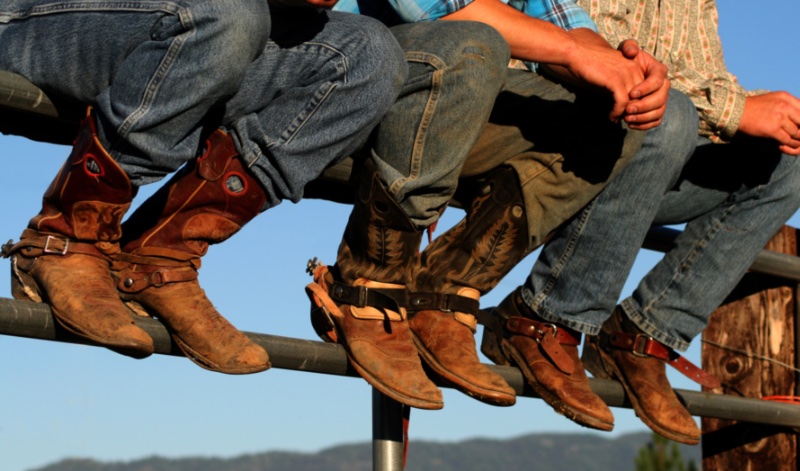
Lastly, the quintessential cowboy look would be incomplete without durable cowboy boots. An emblem of the cowboy lifestyle, these boots were designed with high heels and pointed toes to aid in riding.
Cowboy boots were crafted to endure rough conditions and long hours on horseback, providing stability and protection against harsh elements. Traditionally, cowboy boots were made from cowhide leather, but over time, other materials such as ostrich, alligator, and snakeskin have been used to add a touch of luxury and style.
Embellishments like intricate stitching, decorative cut-outs, and unique color combinations further elevate the cowboy boot from a functional necessity to a personal style statement.
Mastering the Cowboy Aesthetic
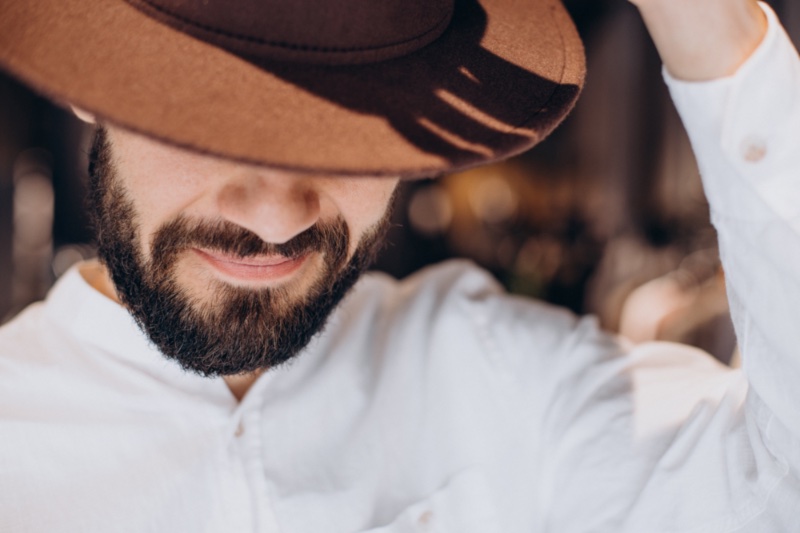
From subtle nods to the Wild West to a full-on cowboy look, numerous ways exist to evoke the cowboy aesthetic. Here are some practical tips to get you started:
Embrace the Western Shirt in New Ways
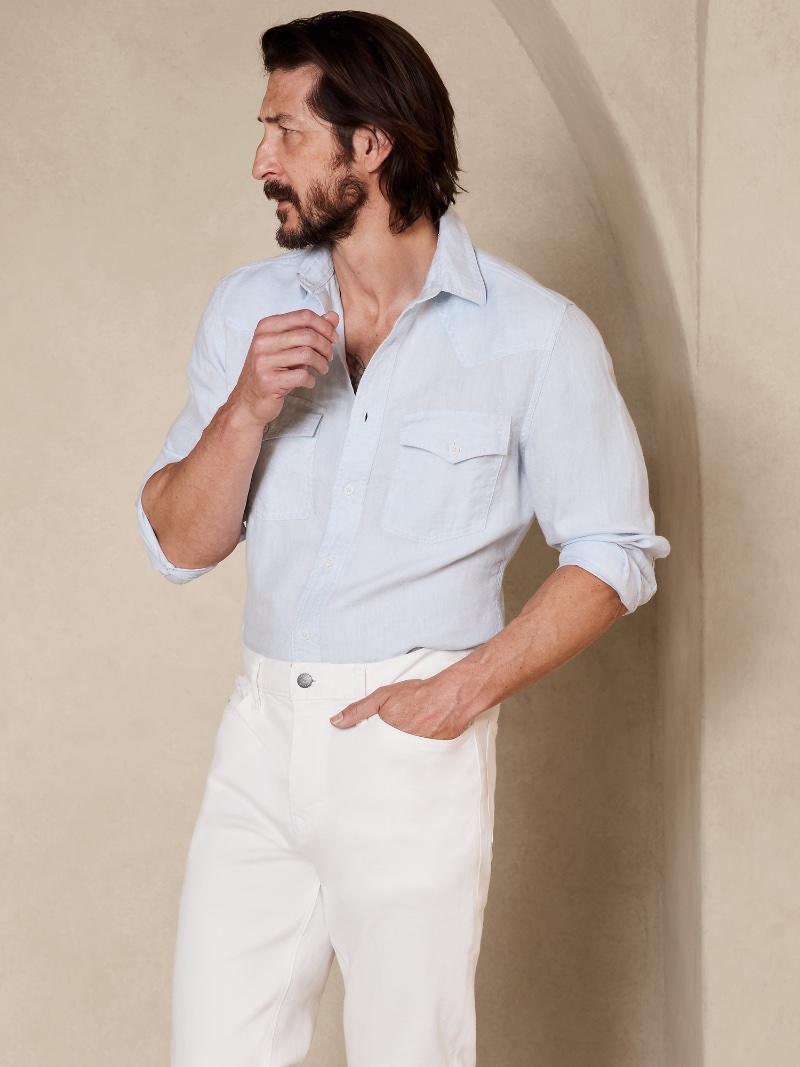
While we’ve touched on the importance of the Western shirt, it’s worth noting how you can style it differently. Consider pairing your Western shirt with modern pieces like slim-fit jeans or chino pants. It will create an exciting blend of fashionable and distinctly cowboy styles.
Reinvent Denim
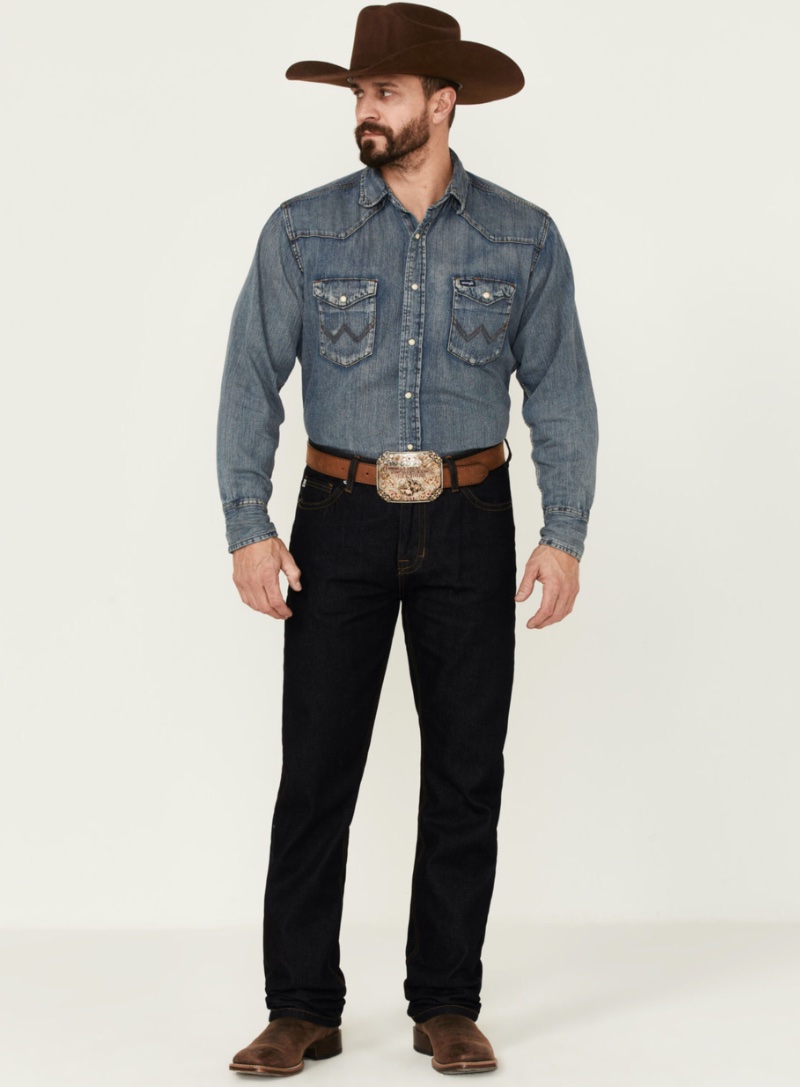
While jeans are a staple in the cowboy wardrobe, don’t be afraid to experiment with different styles. Try out jeans with embroidery or those with a more relaxed fit to add something new to your cowboy-inspired ensemble.
Always balance these with a more simple top to avoid overpowering your look.
Boots Beyond the Cowboy Look
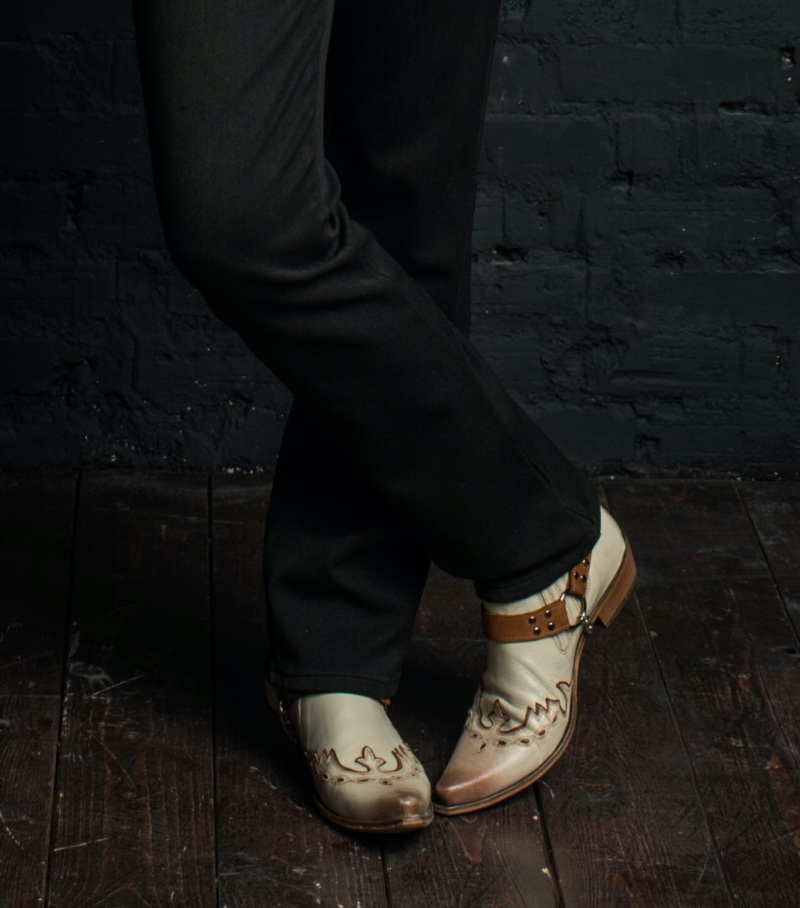
Cowboy boots are an excellent addition to almost any outfit. Pair them with tailored trousers or a suit for a striking mix of formal and Western styles. For a more casual look, pair them with khakis or chino pants.
Experiment with Western Accessories
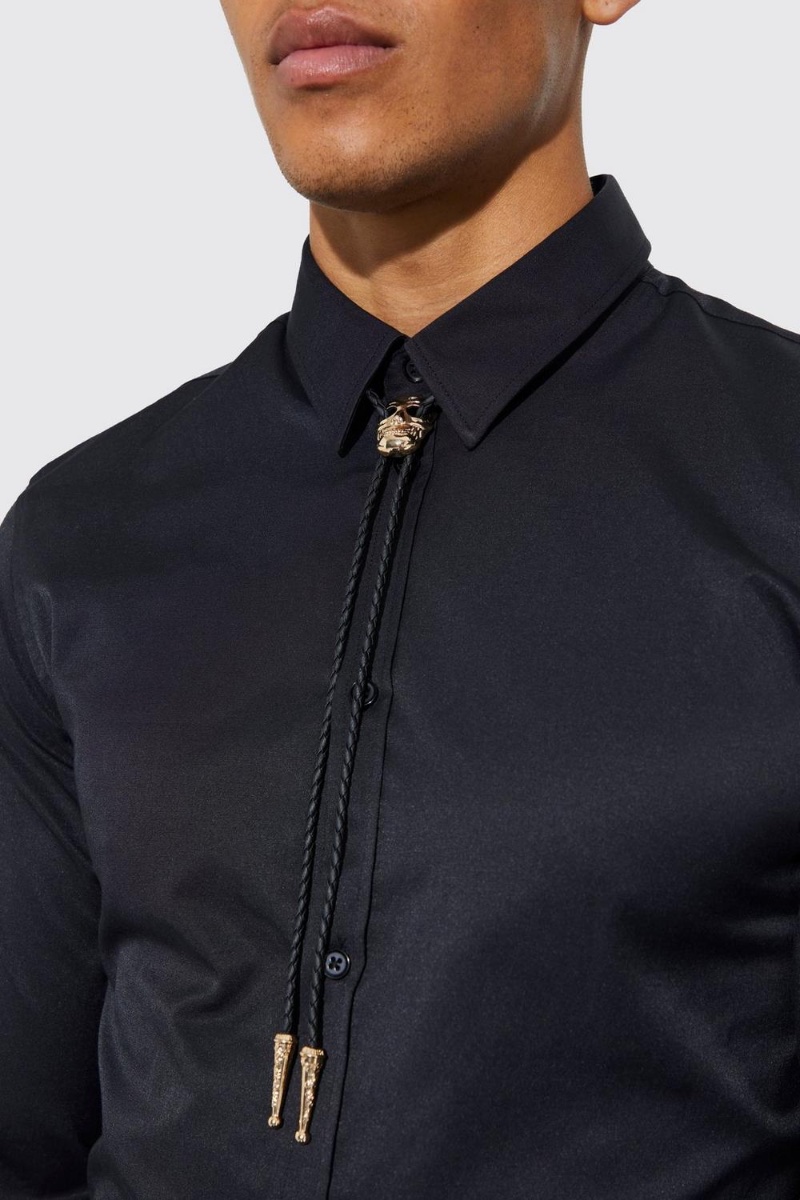
Accessories can truly make an outfit. Think of a sleek silver bolo tie with a dress shirt or a cowboy hat with more contemporary pieces. These can subtly introduce the cowboy aesthetic without going all out. Leather goods such as belts and bracelets also effectively evoke the cowboy vibe.
Incorporate Native American Influences in a Respectful Way
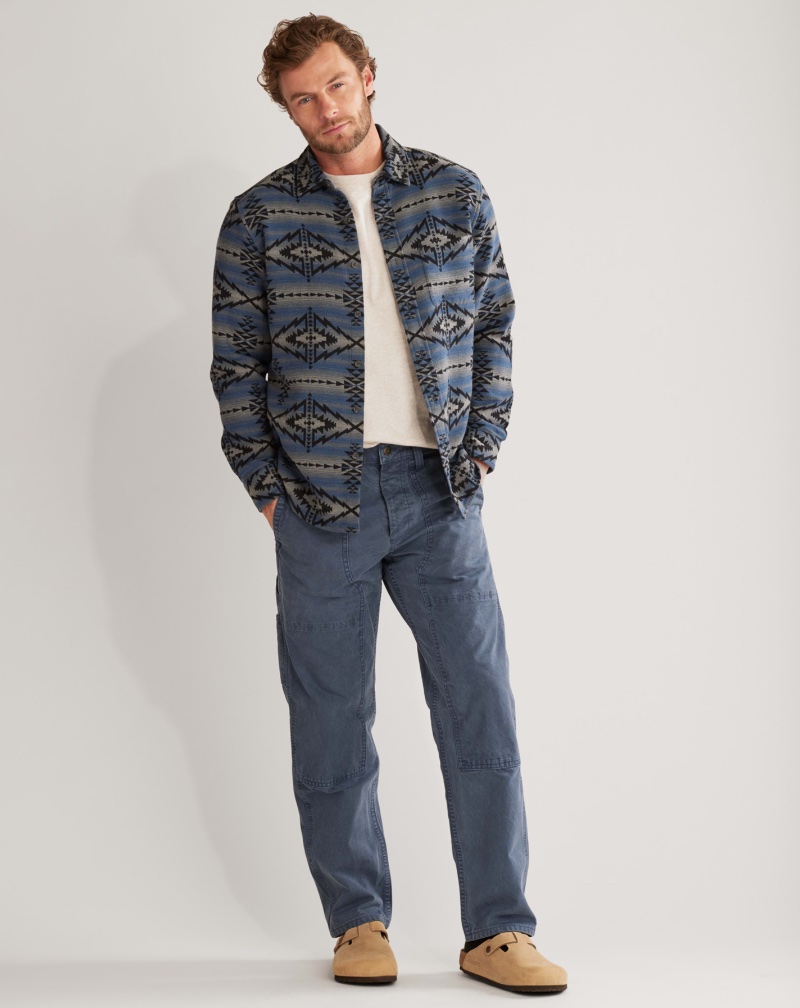
Be careful and respectful when incorporating Native American elements into your style. Focus on the details, such as a geometric print on a shirt or moccasin-inspired shoes, to add a touch of the Southwest without appropriating the culture.
Balance is Key
With the cowboy aesthetic, it can be easy to go overboard. Finding a balance between Western-inspired items and more contemporary or classic pieces is crucial.
Mix and match your wardrobe to see what works best for your style. A well-balanced look can highlight your cowboy influences without becoming a caricature.
Embrace the Cowboy Spirit
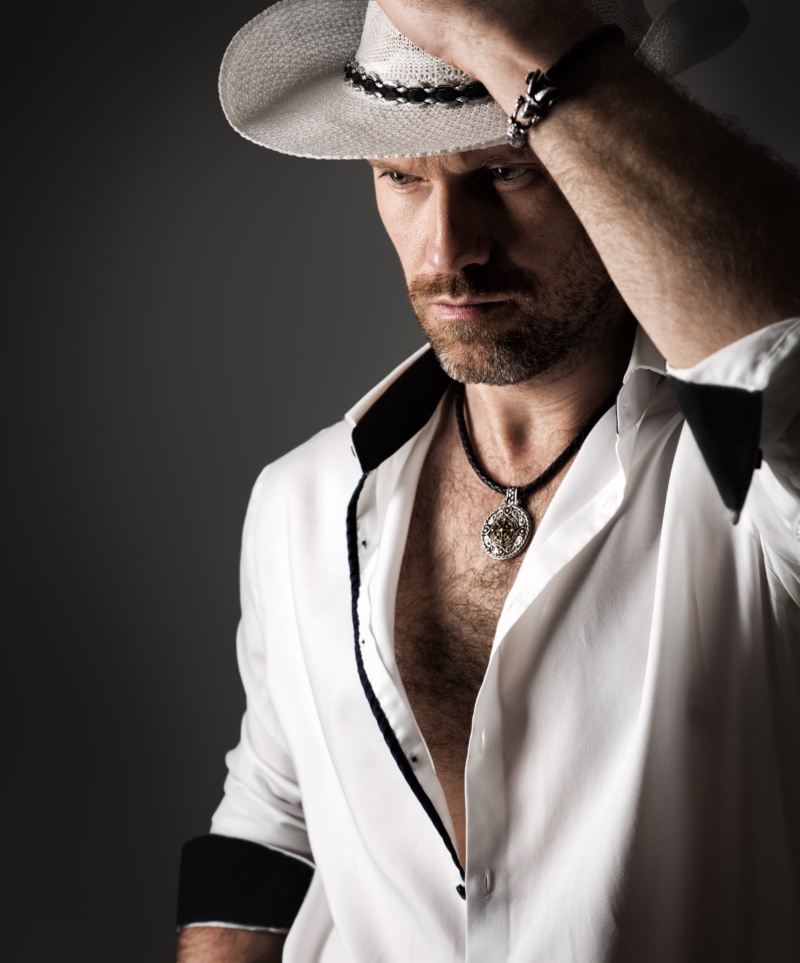
Lastly, and perhaps most importantly, embrace the cowboy spirit. This doesn’t mean you need to act like a cowboy but rather embrace the qualities they are known for. Be bold, independent, and unafraid to stand out.
Confidence is critical to pulling off any look, and the cowboy aesthetic is no exception.
The Art of the Modern Cowboy
Cowboy fashion has proven to be more than a fleeting trend. It is a lasting testament to rugged individualism, Americana, and the allure of the Wild West. As we’ve seen, this style has evolved considerably since its practical beginnings yet has retained its essence through the ages.
It continues to inspire and be reinterpreted by contemporary fashion and cultural trends, demonstrating its enduring appeal. As you harness the cowboy aesthetic, remember that beyond the hats, boots, and denim, the most crucial element is the spirit of boldness and independence.
